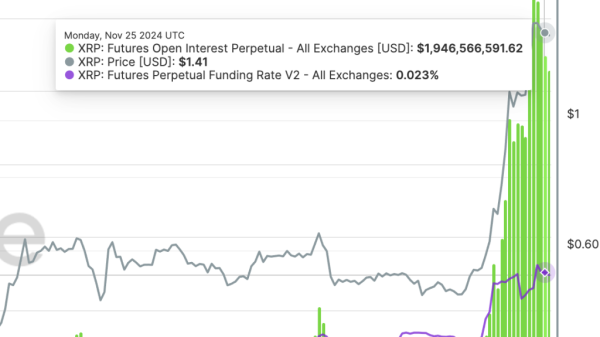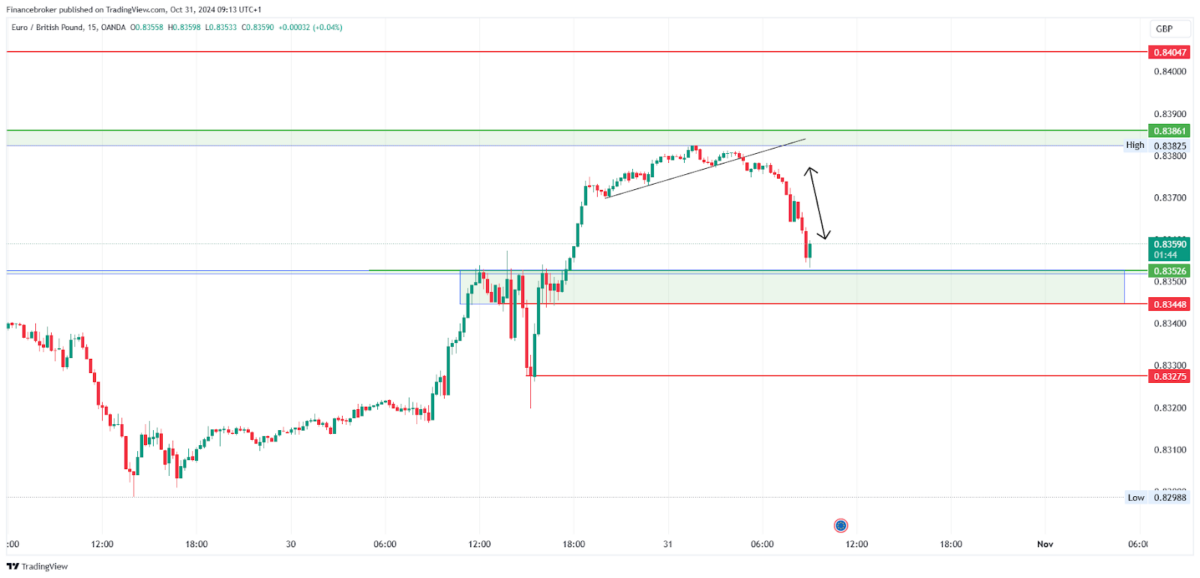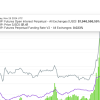Body of the Article
Understanding the current trends in the energy sector paints a complex but fascinating picture. Recently, oil has seen a significant increase, whereas gas is in a noticeable downtrend. The factors influencing these price trends are diverse, stemming from politics to seasonality, and indeed, global events.
At the heart of the rise in oil prices are geopolitics and economics. The Organization of Petroleum Exporting Countries (OPEC) and its allies are playing a significant role in shaping oil prices. The members’ decision to deliberately scale back oil production has created a scenario of reduced supply in the face of increasing global demand. By doing so, the consortium is exerting upward pressure on oil prices, causing the market to react positively.
Moreover, the progressive recovery from the COVID-19 pandemic is also contributing to the surge. As the world’s economies revitalize and industries resume operations, the demand for oil is surging, particularly in rapidly developing countries like China and India. Consequently, such demand and restricted supply dynamics are vital factors driving oil prices upward.
Simultaneously, technological advancements and energy efficiency measures adopted by some countries also come into play. Countries like the U.S are implementing aggressive renewable energy policies aimed at reducing the reliance on fossil fuels. These initiatives are disrupting oil demand, acting as a mitigating factor against the escalating oil prices.
Turning to gas, the scene slightly differs. The energy commodity has been undergoing a downtrend, with several reasons accountable for the situation. One of the prominent factors is the climatic scenario. Natural gas, mainly used for heating purposes, sees its demand fluctuate with the seasons. During the warmer months, its usage decreases considerably, subsequently lowering the prices.
Furthermore, the advent of renewable energy has put a dent in the demand for natural gas. Many countries are embracing green energy solutions, from wind to solar power, causing a decrease in the reliance on natural gas. Energy efficiency in the form of improved insulation and energy-saving devices further decreases the demand for heating, causing the already dwindling gas prices to plunge even more.
Interestingly, the global transition towards a net-zero emission society is also negatively impacting gas prices. This societal shift is causing a decline in the use of fossil fuels and increasing the application of eco-friendly alternatives, which are more sustainable and less deleterious to the environment.
However, a noteworthy aspect directly affecting the price of gas is the level of inventory in storage facilities. Lately, there has been a surplus of gas supply due to decreased demand, leading to full storage sites and consequent reduced prices in the market. This occurrence is anticipated to further decrease the gas prices unless the demand necessitates a drawdown of reserves.
The oil and gas markets are characterized by fiscal, economic, and geopolitical influences. The upward trend in oil prices and the downward tendency in gas prices exemplify how these factors confluence to shape market dynamics. By adequately understanding these trends and associated influences, investors can make informed decisions in the volatile energy sector.






























